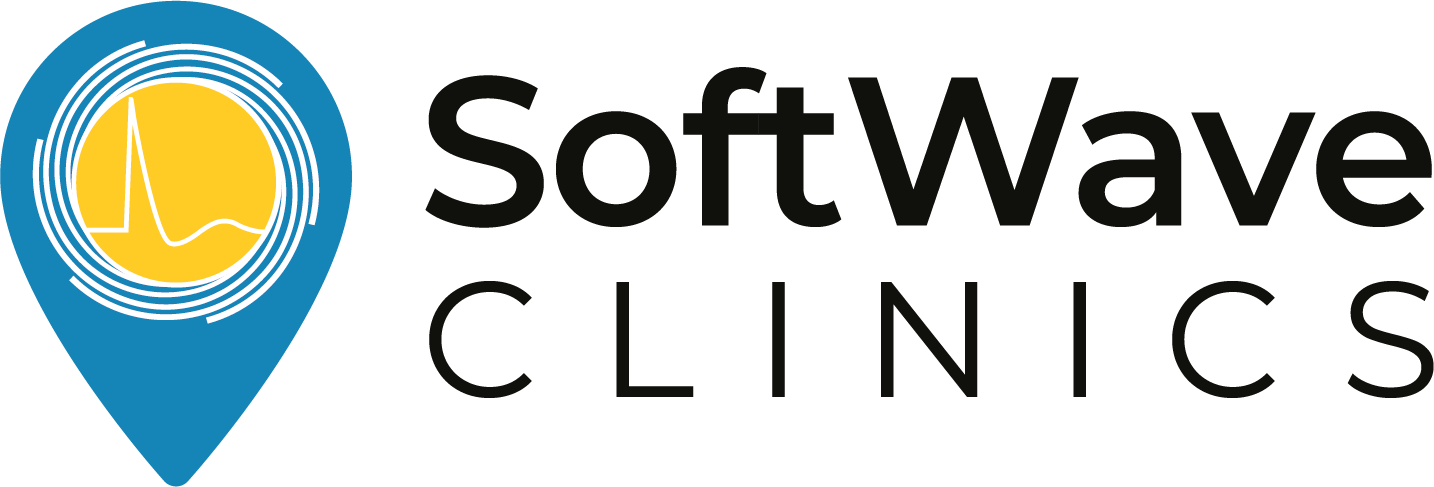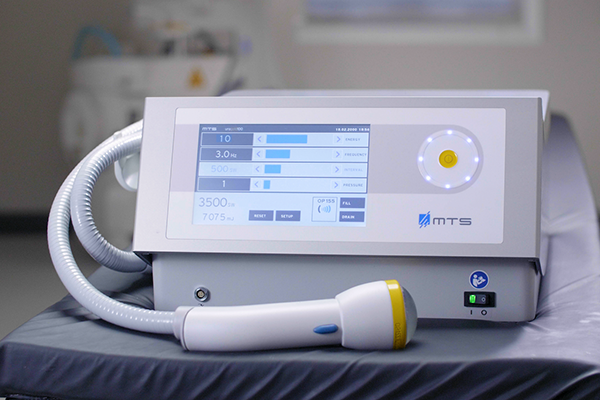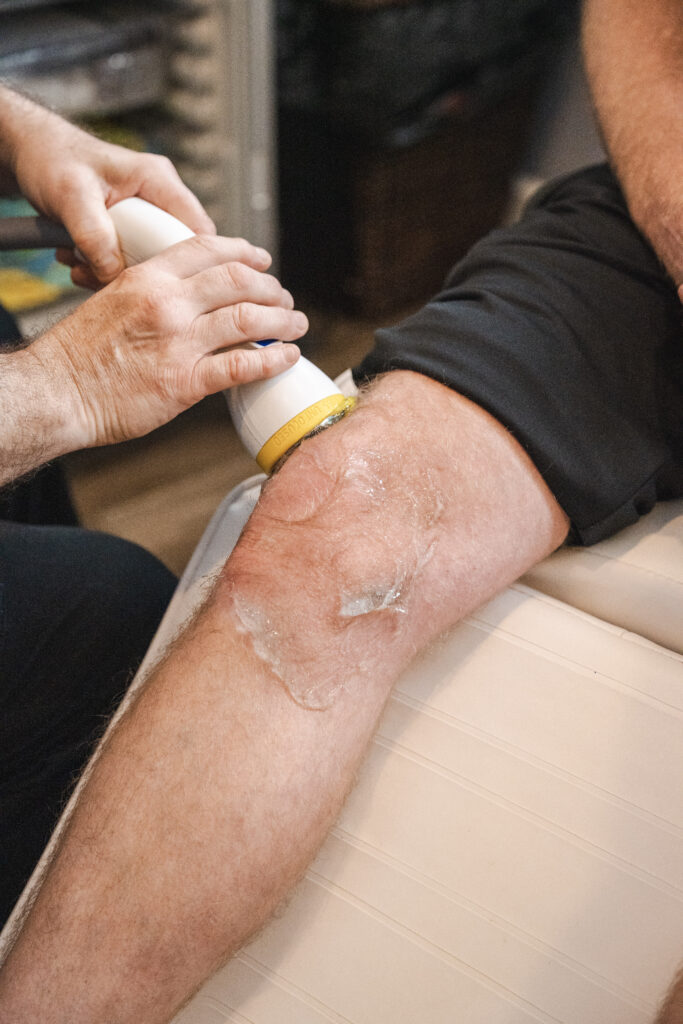Bursitis refers to the inflammation and pain that occurs in the bursa. The causes of bursitis can vary, and here are five common factors
- Repetitive Motion or Overuse: Frequent and repetitive activities, especially those related to certain jobs or sports, can cause excessive stress on the bursa, leading to inflammation. For example, regularly lifting heavy items, gardening, painting, or playing certain sports can potentially lead to bursitis.
- Acute Injuries: Direct trauma to a joint, such as a hard hit, fall, or other impact, can cause immediate damage and inflammation to the bursa, resulting in bursitis.
- Prolonged Pressure: Sitting or kneeling for long periods on hard surfaces can put prolonged pressure on the bursa, especially those located in the hips and knees. Over time, this can cause irritation and inflammation, leading to bursitis.
- Age: As people grow older, their tendons become less flexible and more prone to injury, increasing the risk of bursitis. This is particularly true for individuals who remain physically active in their later years without taking proper precautions to avoid injury.
- Systemic Diseases and Conditions: Certain systemic diseases and conditions, such as rheumatoid arthritis, gout, or diabetes, can increase the risk of inflammation in the bursa, leading to bursitis. These conditions may cause changes in the body’s normal reaction to inflammation or cause deposits to form within the bursa, triggering inflammation.
It’s important to note that these are just some of the most common causes of bursitis. If you are experiencing bursitis, you can learn if your condition is suitable for treatment and try shockwave therapy with our New Patient Special.
Benefits of Shockwave Therapy for Bursitis
Emerging as a non-surgical treatment option for bursitis, shockwave therapy brings a plethora of potential benefits:
Speedy Recovery: It encourages the body’s inherent healing abilities, resulting in faster recovery of the inflamed bursa and the relief of enduring discomfort.
Decreased Need for Medications: Shockwave therapy offers a drug-free alternative to traditional bursitis treatments, which often involve medications with possible side effects.
Enhanced Life Quality: By alleviating pain and improving mobility, shockwave therapy enables patients to resume their normal activities, enhancing their overall life quality.
Safety and Non-invasive: Unlike surgical treatments, shockwave therapy is safe and non-invasive, with a lesser risk of complications.
Overall, shockwave therapy is emerging as an encouraging treatment for those affected by bursitis.
How Shockwave Therapy Works
Shockwave therapy is a non-invasive treatment that uses potent sound waves to trigger the body’s natural healing response. Here’s how it operates:
What is a Shockwave?
Shockwaves are quick pressure pulses involving a high-pressure surge succeeded by a relatively lower-pressure trough. They can be generated by several sources, like supersonic jets, lightning, or earthquakes.
How do Shockwaves Treat Bursitis?
Shockwave therapy employs a dedicated device to generate and direct shockwaves to the inflamed bursa. This action instigates healing at the cellular level, improves blood circulation in the area, and stimulates the body’s inherent healing mechanisms.
Types of Shockwave Therapy
There exists an array of shockwave therapies that can be used to treat conditions like bursitis, including radial shockwave therapy (RSWT), focused shockwave therapy (FSWT), acoustic wave therapy (AWT), and unfocused shockwave therapy.
Each type of therapy has distinct characteristics and uses:
Radial Shockwave Therapy (RSWT) uses a handheld device to transmit pressure waves to the skin’s surface, making it a suitable option for conditions like plantar fasciitis, Achilles tendinopathy, and tennis elbow. However, it might not be effective for deeper tissue issues, and patients might require several treatment sessions.
Focused Shockwave Therapy (FSWT) projects high-intensity shockwaves directly to the problematic area, commonly used for persistent conditions such as slowly healing bone fractures. Some patients might find it uncomfortable, necessitating intensity adjustments according to individual tolerances.
Acoustic Wave Therapy (AWT) deploys a device that releases low-intensity shockwaves to the affected region. It is typically used to improve blood flow, ease pain and inflammation, and stimulate tissue repair. It’s frequently used to address conditions like erectile dysfunction and cellulite, but the low-intensity shockwaves may not be effective for certain conditions.
Unfocused Shockwave Therapy, as demonstrated by the FDA-approved SoftWave, emits high-intensity shockwaves that reach larger and deeper tissue areas compared to focused or radial waves. This therapy can manage the same conditions as traditional focused shockwave therapy and can provide additional relief for issues affecting muscles or larger joints, such as the shoulder or hip. Unfocused shockwave therapy may also necessitate fewer sessions than radial or focused shockwave treatments.






